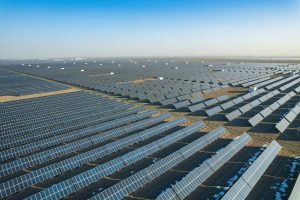Fashion conscious

“I don’t do fashion. I am fashion”.
Coco Chanel
As a statement it’s up there with ‘I think, therefore I am’. If fashion is something that’s innate and unique to an individual, a statement of who they are, it seems counter intuitive that we’ve subsequently, in part, built an industry that has the ability to tap into individual insecurity and the need to ‘belong’.
The industry has done this whilst promoting consumption, at scale, to facilitate its own growth, not necessarily that of its consumers. It’s an industry wrapped in a series of complex psychological narratives and one that is increasingly mired by a growing list of
Sustainability
By 2030 the global apparel and footwear industry is expected to grow to 102 million tonnes in volume. 1 The current volume presents two fundamental challenges which means this growth forecast presents significant challenges for society. The first is that most clothing is made from synthetic plastic-based fibres (72% of clothing has some form of synthetic non-biodegradable fabric in it according to fashion intelligence website EDGE) 2 and the second is that so much of the current volume ends up in landfill. The Ellen MacArthur Foundation 3 estimates that approximately 73% of apparel is sent to landfill or incinerated. Of this, 95% could be reused or recycled.
So where do you go to find “\




